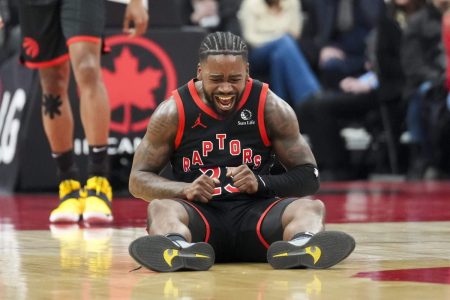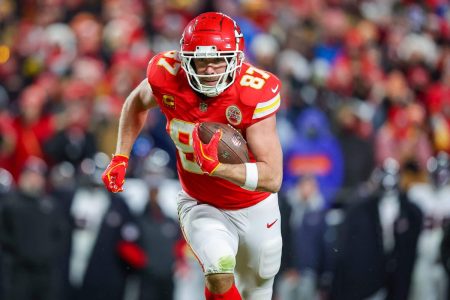Trey Lance’s journey in the NFL is a compelling narrative of high expectations and unmet potential, offering a glimpse into the pressures and realities of professional football. Drafted by the San Francisco 49ers in 2021 with the third overall pick, Lance was the focal point of a significant trade that included three first-round picks and a third-round pick. This move underscored the 49ers’ belief in his potential to lead the team to glory, evoking excitement among fans and analysts alike.
However, Lance’s tenure with the 49ers was marked by underperformance and limited opportunities. Despite the hefty investment, he started only four games over two seasons, failing to replicate the form that made him a top prospect. The 49ers, facing disappointment, decided to cut their losses, leading to Lance’s move to the Dallas Cowboys in 2023. The Cowboys acquired him for a fourth-round pick, hoping to revitalize his career, yet Lance saw minimal action, participating only in meaningless late-season games.
Stephen Jones, the Cowboys’ Chief Operating Officer, defended the trade, emphasizing the challenges of acquiring talent without significant investment. He acknowledged Lance’s potential but also recognized the realities of the team’s quarterback situation with Dak Prescott’s long-term contract. This perspective highlights the strategic decisions teams face, balancing immediate needs with future potential.
Lance’s career statistics paint a modest picture: a 56.6% completion rate, five touchdowns, four interceptions, and a 2-3 record in games he started. Despite earning $31 million from his time with the 49ers and Cowboys, his on-field contributions did not align with his financial compensation, raising questions about the valuation of draft picks and player potential.
As Lance enters free agency, he faces an uncertain future, hoping to secure a backup role. His story serves as a cautionary tale about the unpredictability of NFL success, illustrating how highly touted prospects can struggle to meet expectations. It also underscores the financial realities of the sport, where significant investments do not always yield corresponding returns.
In reflecting on Lance’s journey, one is reminded of the emotional and psychological challenges athletes face. The weight of expectation, the pressure to perform, and the abrupt transitions in fortune are all part of a high-stakes environment where success is elusive. As Lance looks to the future, his story remains a poignant reminder of the fragility of promise in professional sports, blending both the allure of potential and the harsh realities of performance.









